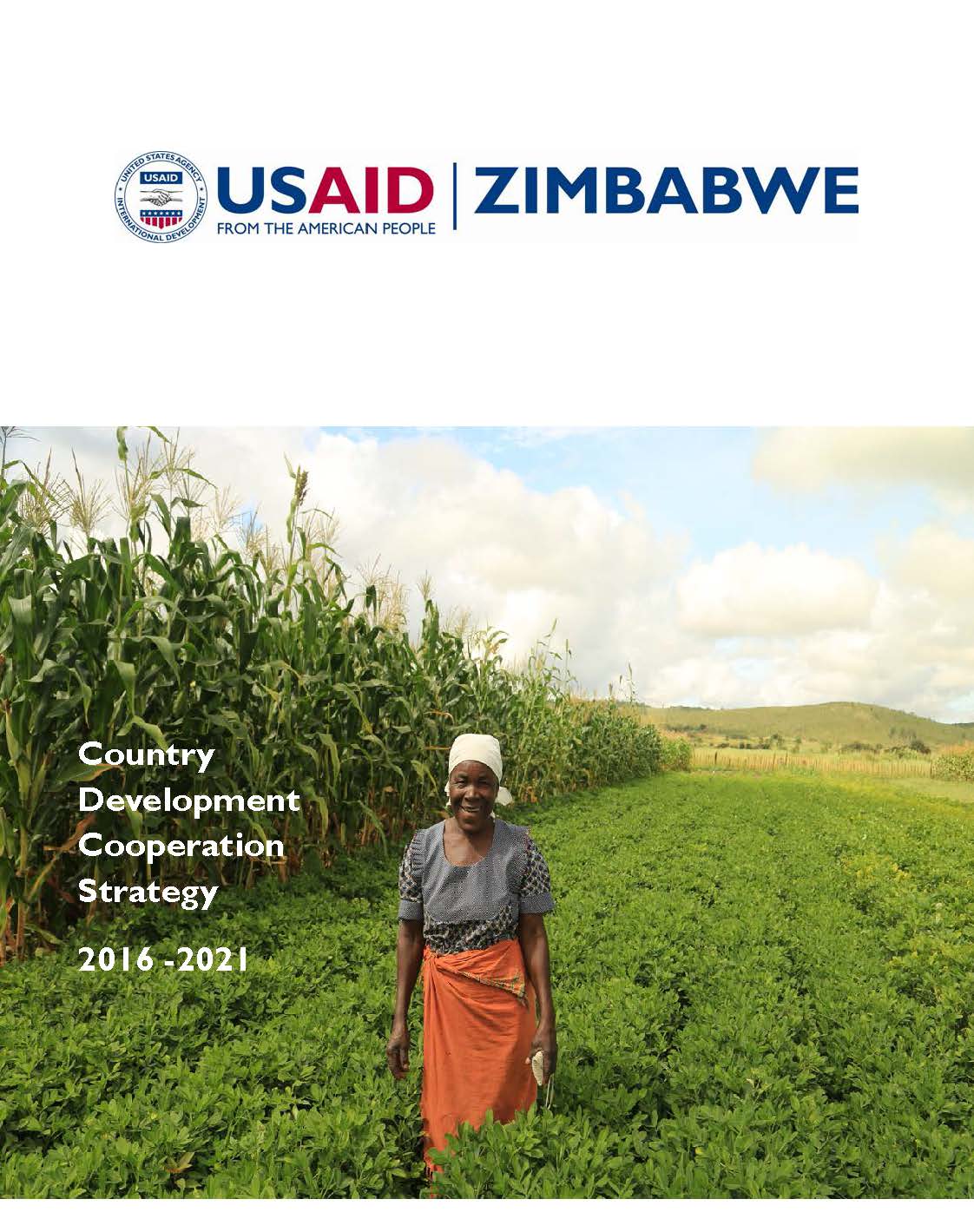Speeches Shim
Zimbabwe was once one of Southern Africa’s most vibrant, productive, and resilient countries. However, for close to two decades, the nation has faced a series of political and economic shocks, the roots of which come from decades of poor governance and deeply entrenched and growing levels of corruption.
Zimbabwe has an estimated population of 14.2 million people, of whom about 10 million live in rural areas. Life for the average Zimbabwean is increasingly difficult, with 63 percent of all households living in poverty and 16 percent in extreme poverty. At the root of this poverty is a lack of economic opportunities caused by a failure to adhere to rule of law, recognize property rights, and create a secure environment for domestic and foreign investment. Exacerbating Zimbabwe’s economic woes is the growing impact of climate change1. The collapse of the commercial agricultural sector resulted in an over-reliance on small scale, rain-fed agriculture. As Zimbabwe’s climate becomes more erratic, farmers have found it more difficult to produce sufficient yields, greatly contributing to the country’s recurrent food insecurity.
Not surprisingly, Zimbabwe’s Human Development Index (HDI) value is 0.509 – a score that places the country in the low human development category. The country’s high mortality and morbidity rates are a result of an under-resourced health delivery system, which is overstretched by high rates of HIV, tuberculosis, malaria, and maternal and childhood illnesses. More than a decade of worsening economic conditions and rising costs have eroded a once vibrant health system, which now functions largely due to donor assistance. That said, the health sector has produced notable results, such as an HIV prevalence rate that declined from 20 percent in 2006 to a current rate of 15 percent.
Zimbabwe’s future remains uncertain as President Robert Mugabe, now 92 years old, continues as one of Africa’s longest serving dictators. There are no clear plans for succession, which is increasingly creating political factionalism and in-fighting within the ruling party, as well as an an unpredictable and fluid environment. To remain flexible in such a fluid operating environment, the Mission has developed a scenario-based strategy to position itself to respond to emerging opportunities.
Goal
There are opportunities for progress, despite the challenging environment. It is these opportunities that produced USAID’s current successes, which include reductions in HIV prevalence and stunting rates, and more resilient communities. The Mission will continue to capitalize on these openings in the quest to achieve the goal, which is aspirational in nature – an aspiration shared by those within the Mission and the Country Team. USAID/Zimbabwe’s goal is:
Inclusive, accountable governance and a healthy, engaged citizenry drive social, political, and economic development with equal opportunity for all
This is a 15-20 year goal. The interests of the U.S. Government are ambitious, and it requires a long-term vision for Zimbabwe to transition to a more open and accountable country, where citizens actively engage with their leaders, live healthier lives, and are more economically secure.
In crafting this statement, Mission staff agreed that the goal must address the need to create opportunities for citizens to become drivers of social, political, and economic change that is characterized by good governance. In acknowledging the principal root causes of Zimbabwe’s current social, political, and economic situation, assessing USAID’s comparative advantage, and recognizing the role of other donors,
Read the full report [pdf]



Comment
Make a general inquiry or suggest an improvement.